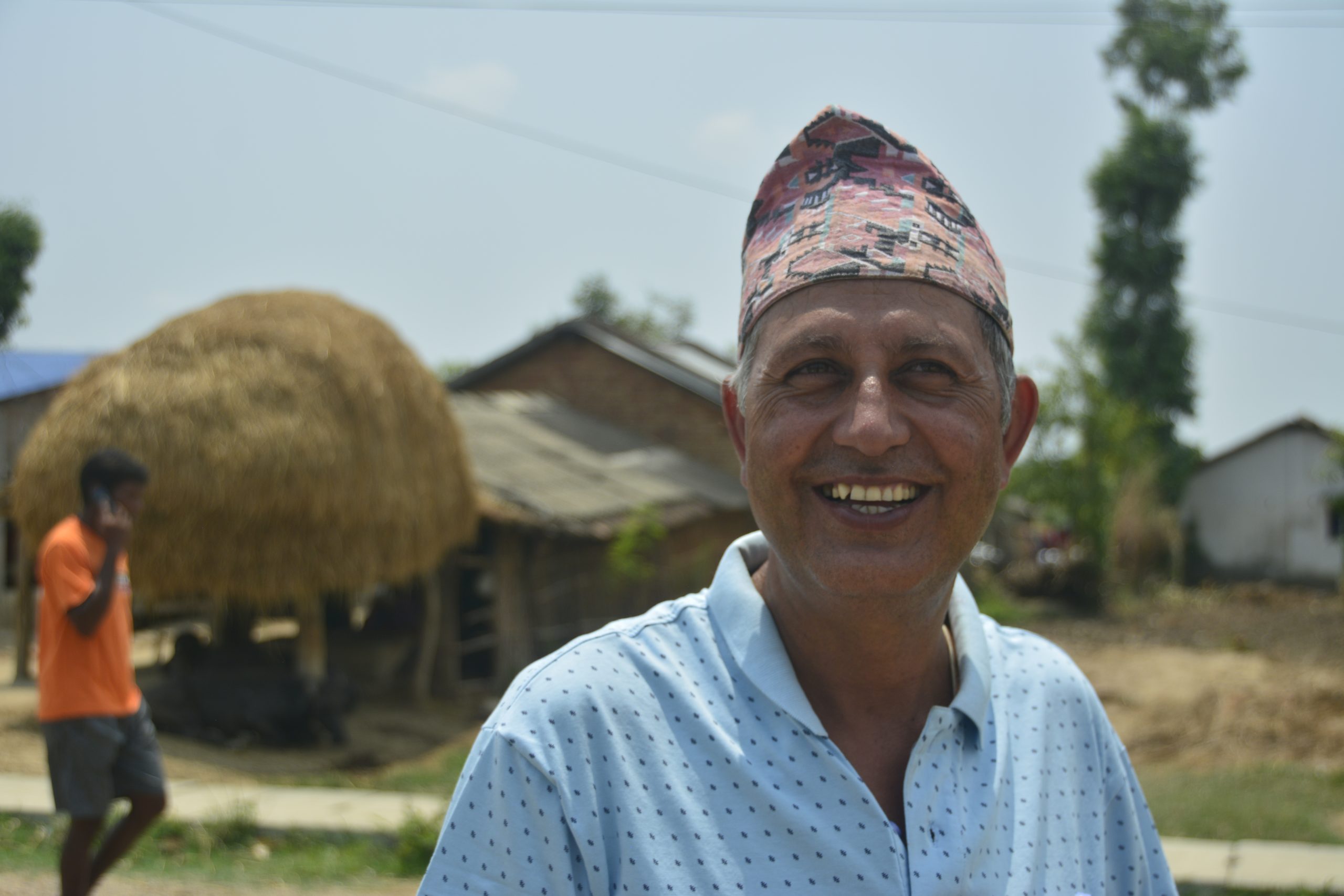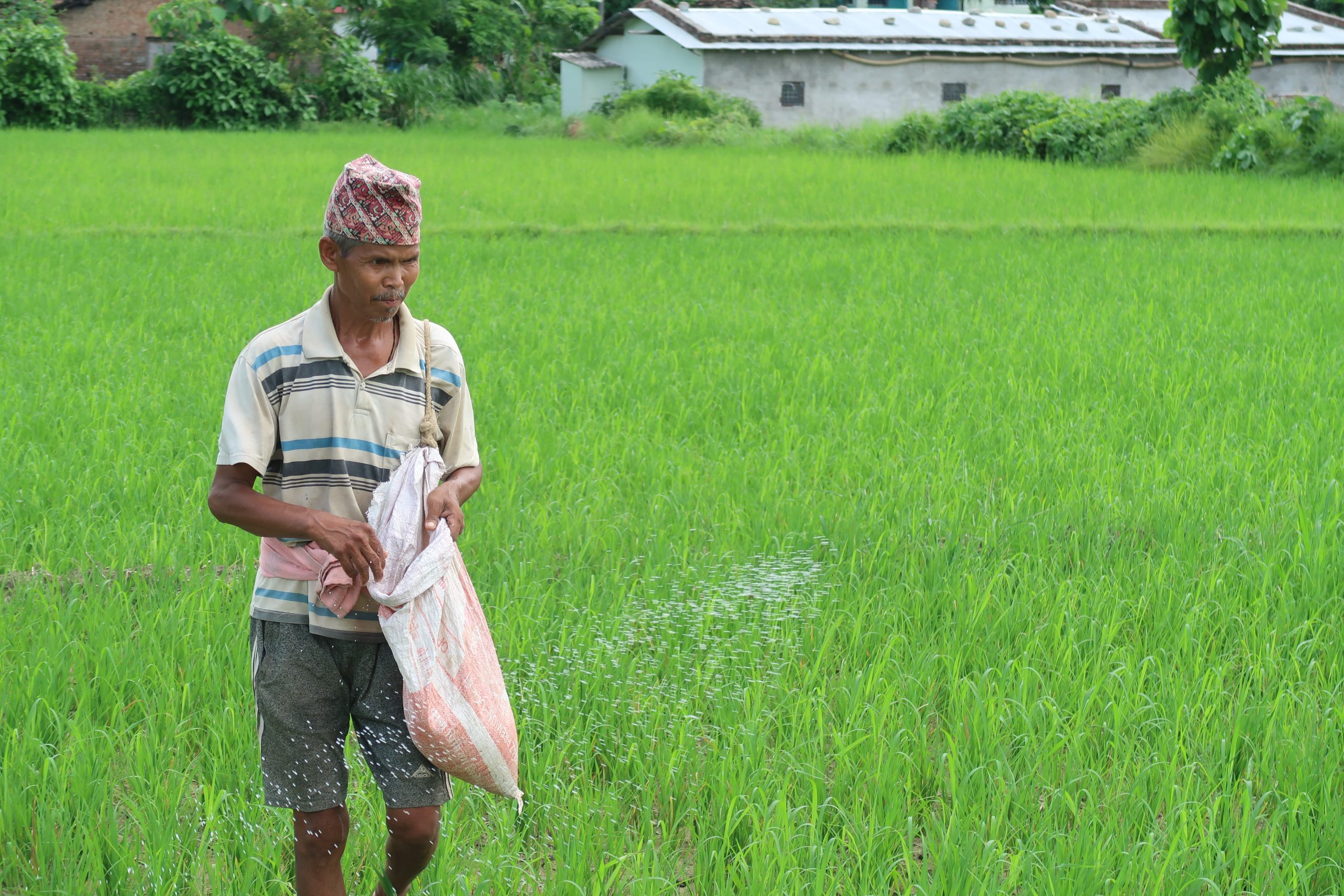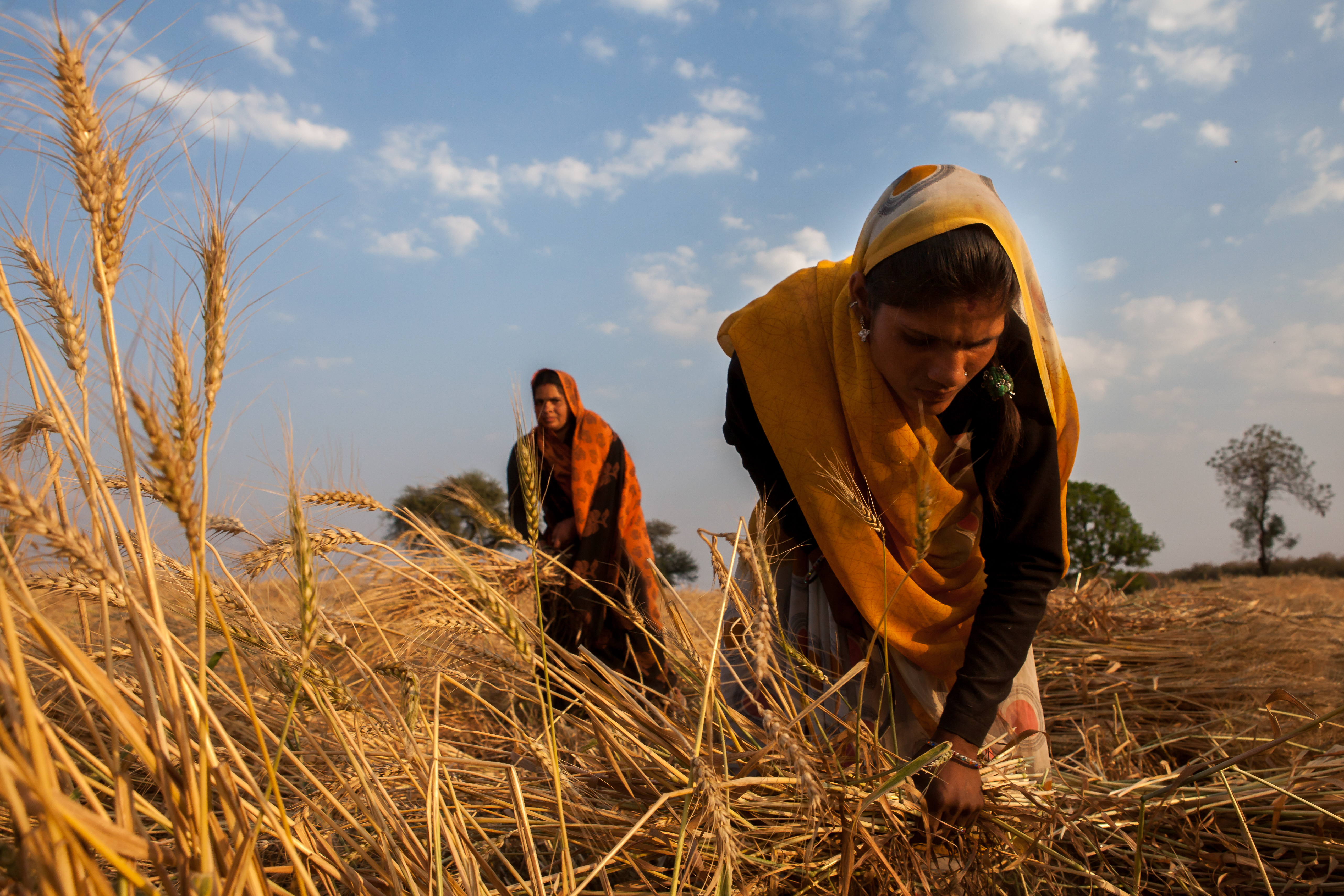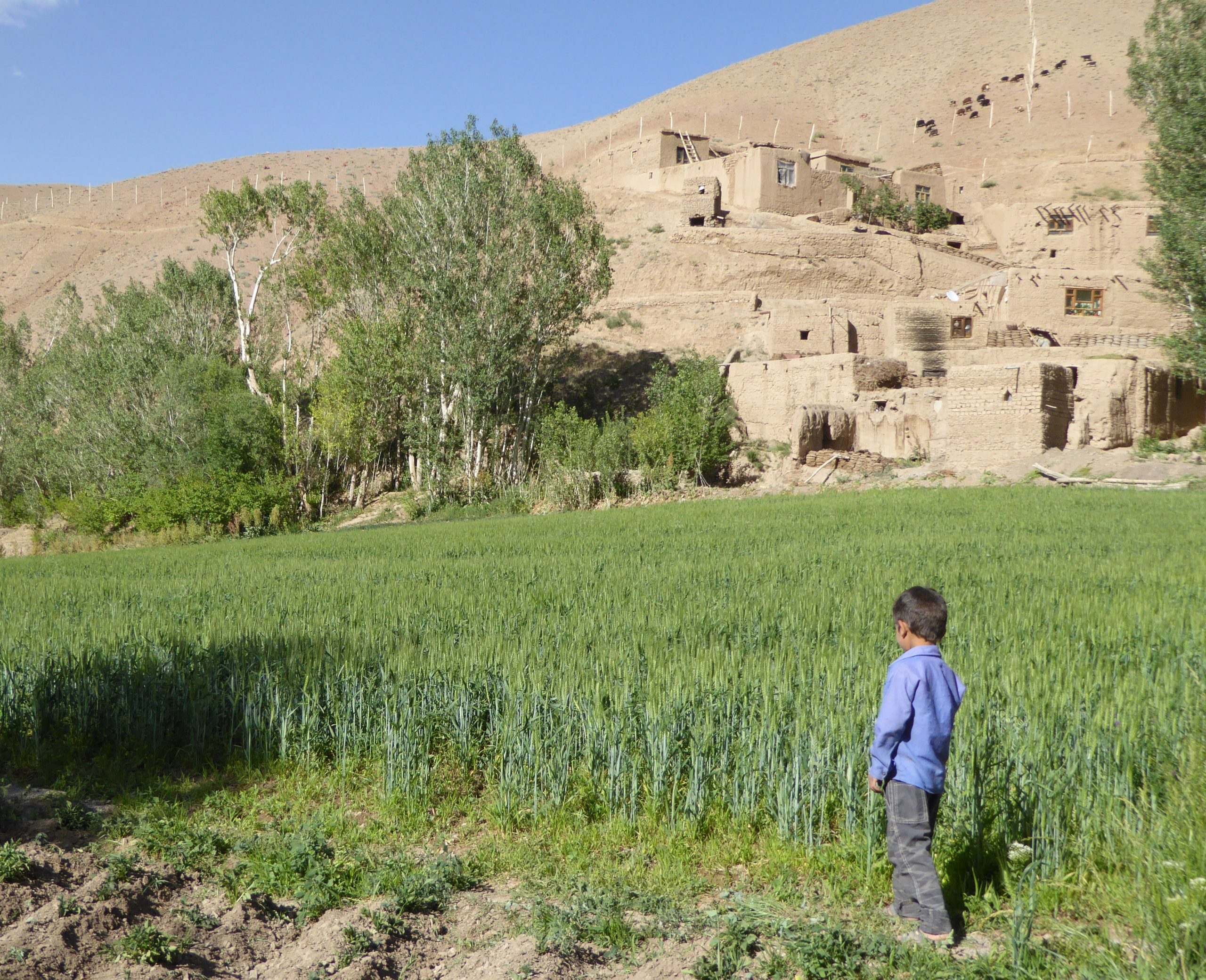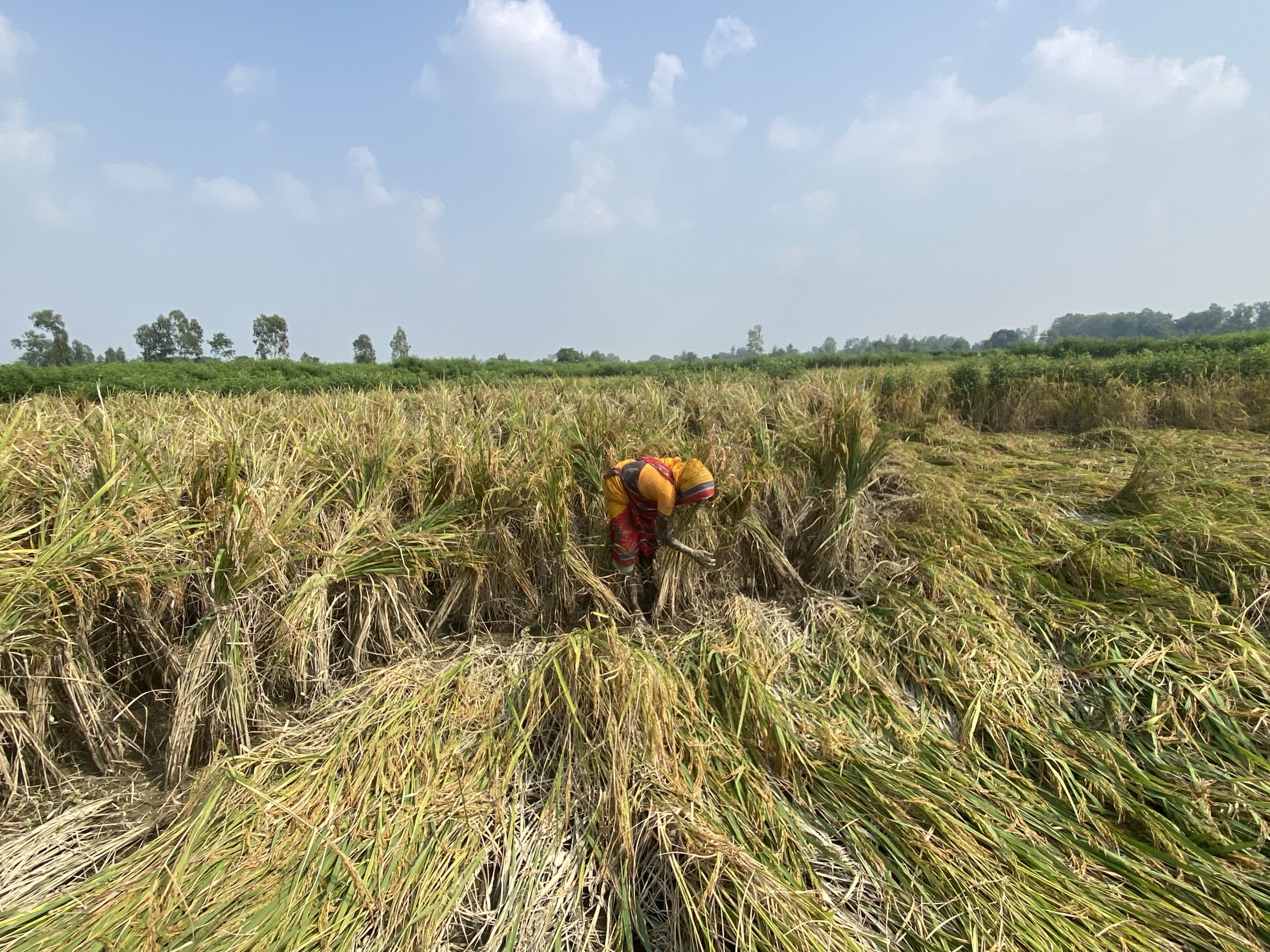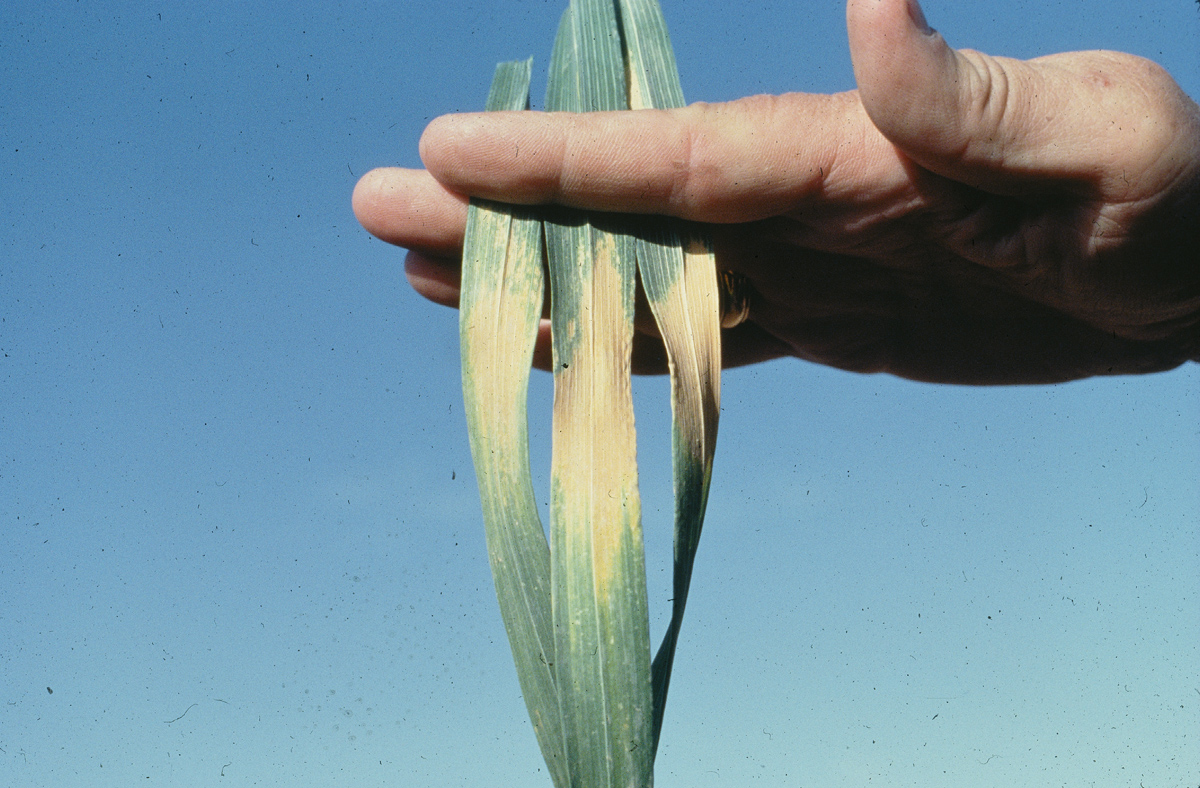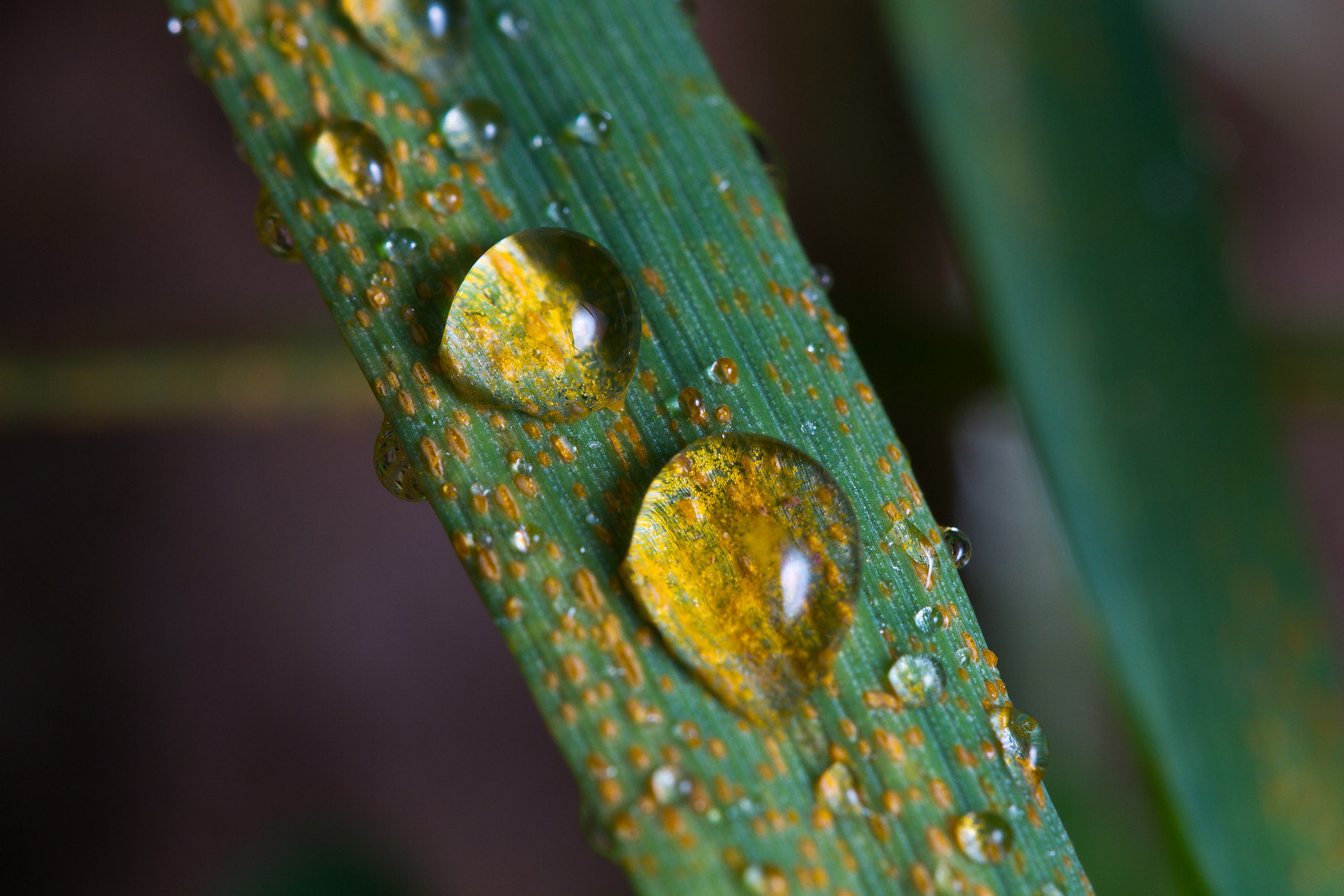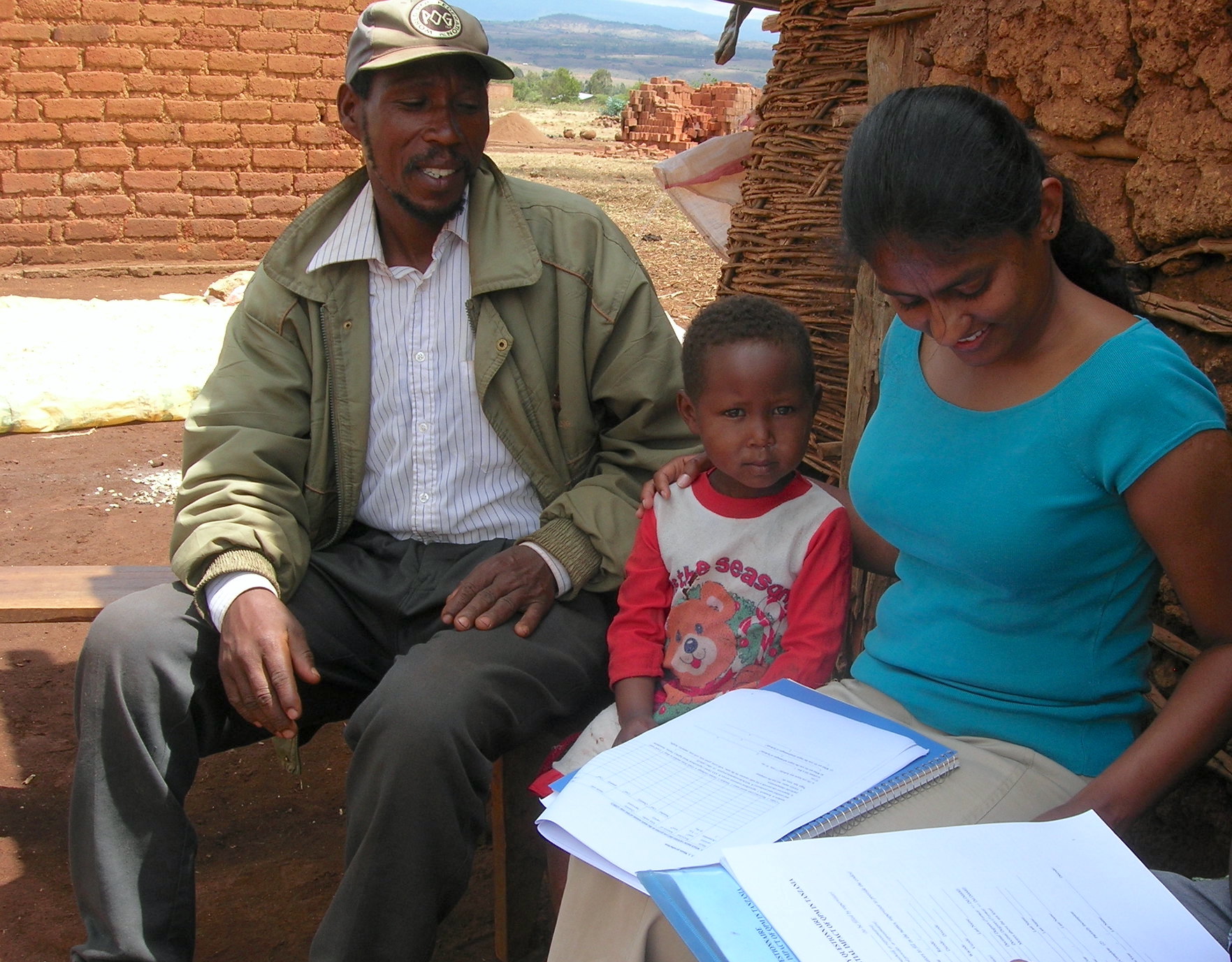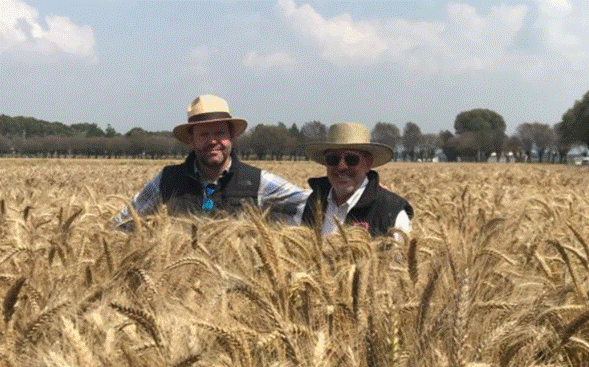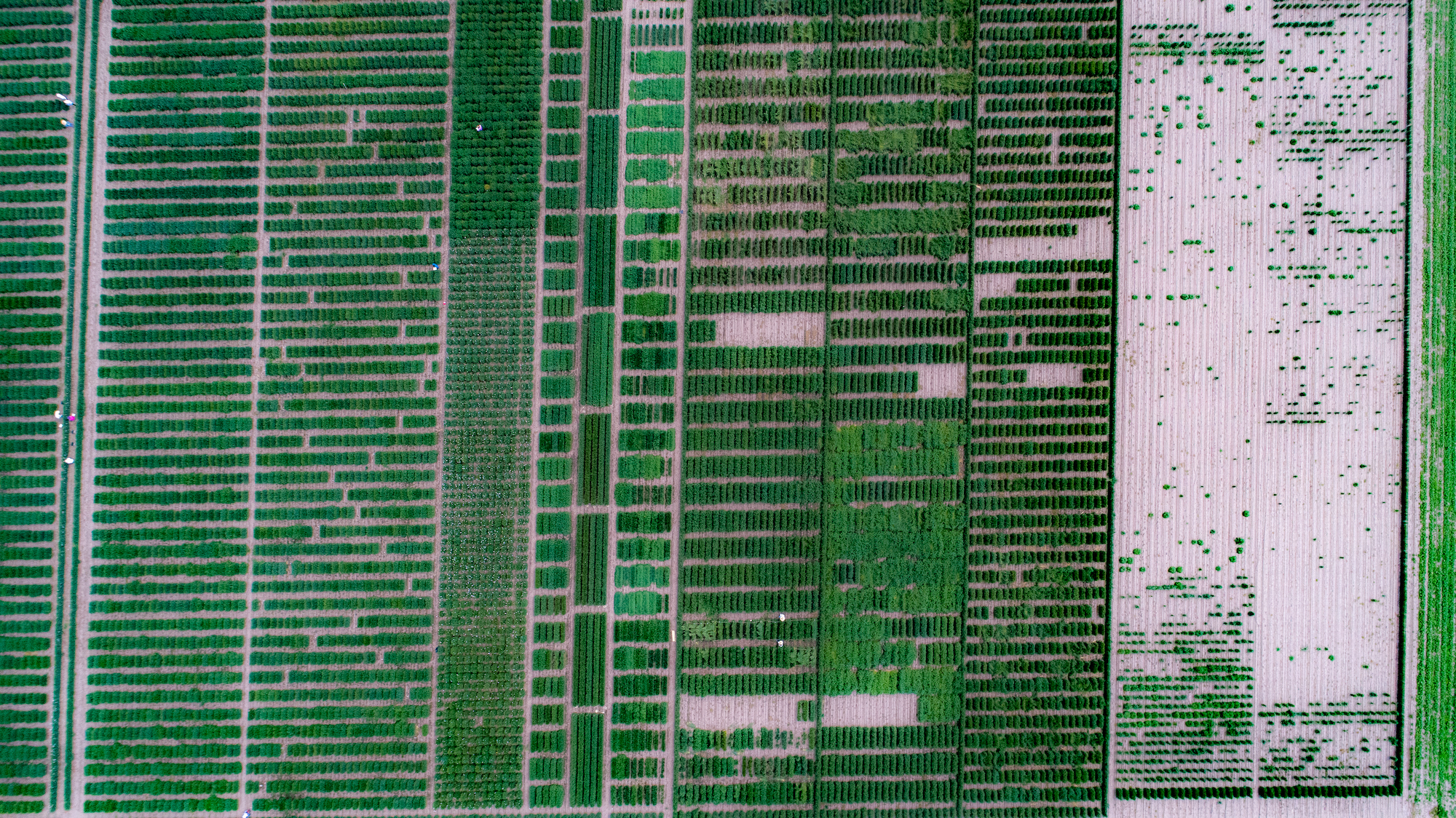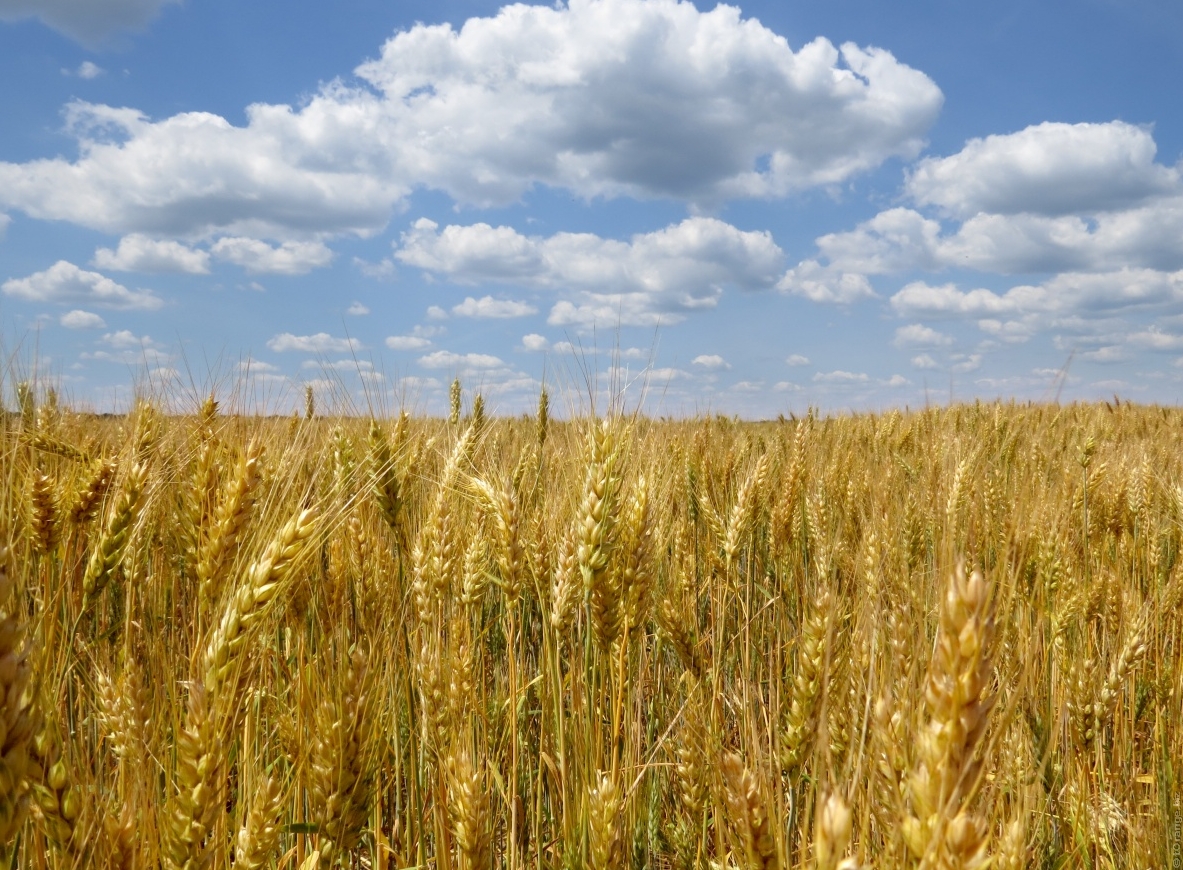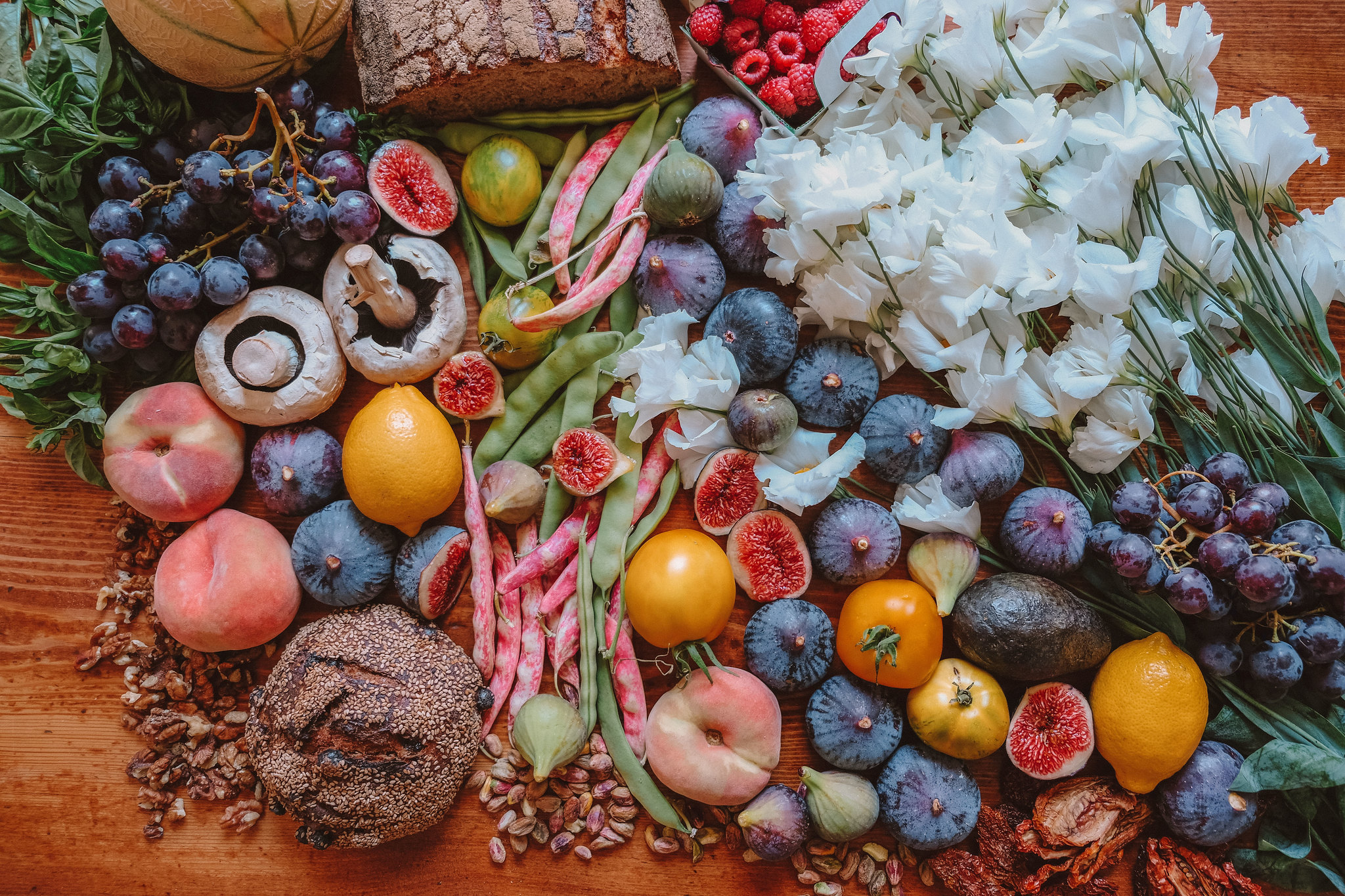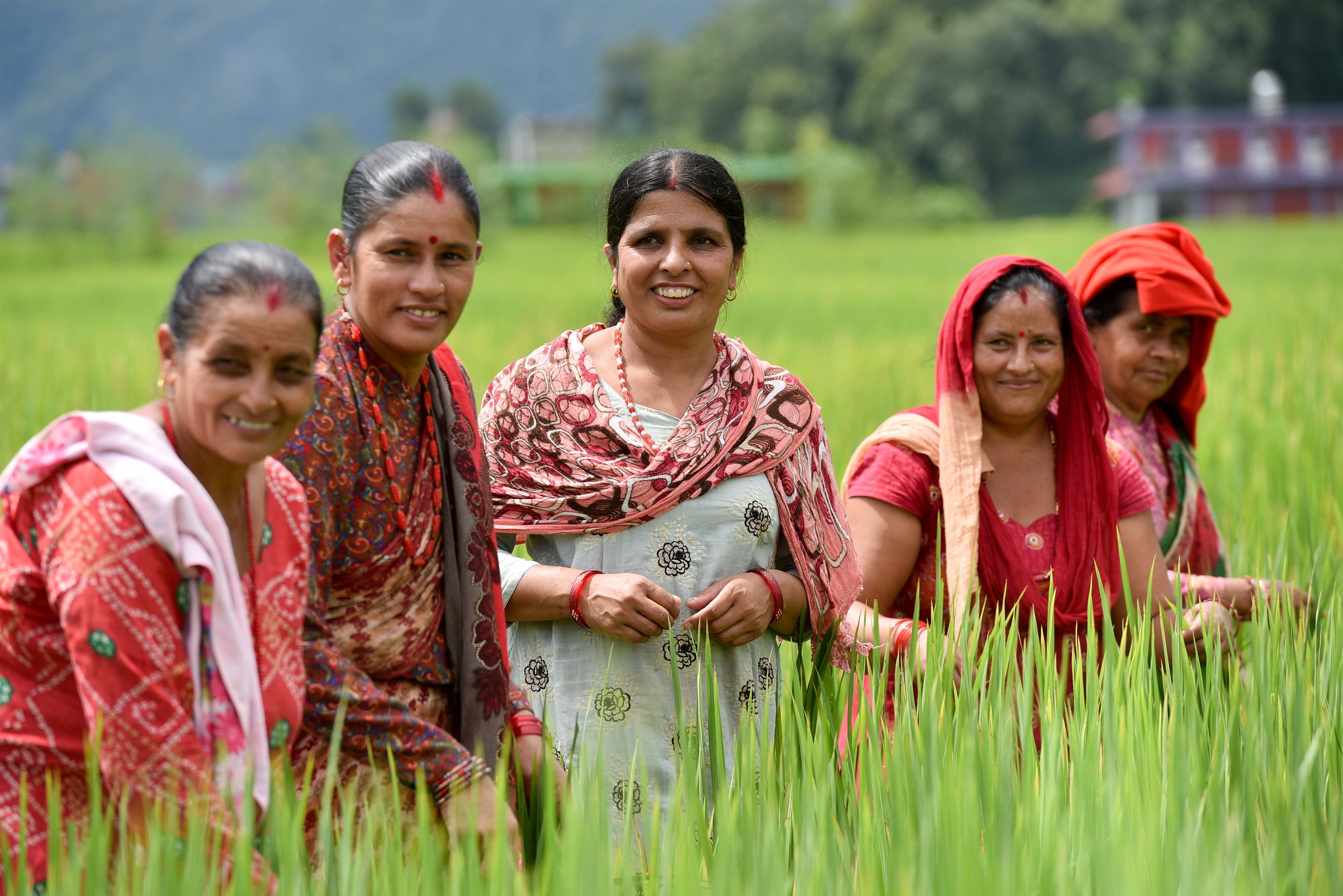Blogs
Growing confidence in the maize business
 Capacity development
Capacity development
Agricultural businesses are investing in maize to reduce Nepal’s reliance on imports of the crop and to improve the experiences of farmers.
Nepal Government endorses new site-specific fertilizer recommendations for rice
 Poverty reduction, livelihoods and jobs
Poverty reduction, livelihoods and jobs
CIMMYT supports the development of site-specific fertilizer recommendations to increase rice productivity in Nepal.
Earlier wheat planting will boost yields in eastern India
 Innovations
Innovations
Adjusting the sowing dates for wheat in eastern India will increase untapped potential production by 69%, new research shows, helping to ensure food security and farm profitability as the planet warms.
How to shockproof staples in a looming global food crisis
 Nutrition, health and food security
Nutrition, health and food security
As the Russia-Ukraine conflict continues, practical actions now can build food system resilience.
Soil scientists and stakeholders reflect on progress and impacts of CIMMYT-Rwanda partnership for soil health
 Environmental health and biodiversity
Environmental health and biodiversity
“Strong partnership” highlighted as CIMMYT and the Rwanda Agriculture and Animal Resources Development Board review progress in managing acid soil.
It is time to invest in the future of Afghanistan’s wheat system
 Capacity development
Capacity development
Afghan farmers need varieties with improved traits such as heat and drought resilience, incorporating functional variation from existing landrace collections.
Managing seeds and agricultural losses in the wake of extreme climate events: Lessons from Nepal
 Climate adaptation and mitigation
Climate adaptation and mitigation
Assessment of floods in Nepal in October of 2021, which affected seed availability, give clues about actions to mitigate the impact of similar climate shocks on smallholder farmers.
Wheat versus heat
 Climate adaptation and mitigation
Climate adaptation and mitigation
Urgent action is required to mitigate effects of temperature extremes in South Asia, which threaten wheat production and human health.
Protecting plant health for food and nutritional security
 Environmental health and biodiversity
Environmental health and biodiversity
Global networks present unified and transdisciplinary strategy to protect key crops from devastating pests and diseases.
Turning data swamps into data lakes
 Gender equality, youth and social inclusion
Gender equality, youth and social inclusion
New metadata schema will make it easier for scientists to find and reuse open-access data.
Another food crisis?
 Nutrition, health and food security
Nutrition, health and food security
The Russia-Ukraine conflict will cause massive disruptions to global wheat supply and food security. Agricultural research investments are the basis of resilient agri-food systems and a food-secure future.
What price wheat?
 Nutrition, health and food security
Nutrition, health and food security
Crisis in Ukraine underscores the need for long-term solutions for global food security.
Fruits and vegetables are essential, but there are three reasons why it takes cereals to feed the world
 Climate adaptation and mitigation
Climate adaptation and mitigation
In addition to macronutrients and micronutrients, staple cereals are important sources of bioactive food components.
From diagnosis to action on social equity
 Gender equality, youth and social inclusion
Gender equality, youth and social inclusion
Building on impact of GENNOVATE, scientists recommend integrating gender-transformative research and methodologies into the new CGIAR Initiatives.
